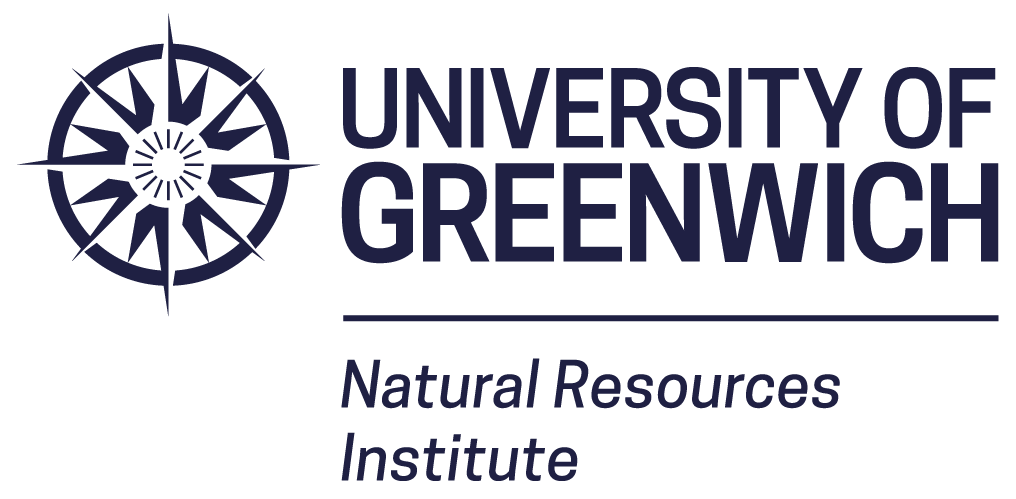A momentous agreement was reached on 4th March 2023, when negotiators from more than 190 countries agreed on the first international treaty to protect the high seas, also known as the Biodiversity Beyond National Jurisdiction (BBNJ) agreement.
 NRI’s Associate Professor, Ravi Kumar who has been exploring the severity of the problem, the location-specific challenges, and solutions for addressing plastic pollution in the oceans, explains the importance of the treaty and its implications.
NRI’s Associate Professor, Ravi Kumar who has been exploring the severity of the problem, the location-specific challenges, and solutions for addressing plastic pollution in the oceans, explains the importance of the treaty and its implications.
International waters - or High Seas - are open oceans outside countries’ national jurisdictions of 200 nautical miles (370km) from their coastlines. Two-thirds of the world's oceans are currently considered international waters. These are global common property resources where all countries have a right to fish, ship and exploit marine resources (e.g. for deep sea mining). Until now, only about 1% of these waters have been protected, which has meant continued existential threats to biodiversity due to overfishing and pollution.
Articles cited in Nature, report that overexploitation of coastal fisheries has led to stocks of some highly migratory species, such as tuna, dropping precipitously since the 1950s. The International Union for Conservation of Nature estimates that two-thirds of fish stocks in the high seas are overexploited. In addition, so much plastic is now entering our seas that the oceans are thought to contain around 200 million tonnes.
dropping precipitously since the 1950s. The International Union for Conservation of Nature estimates that two-thirds of fish stocks in the high seas are overexploited. In addition, so much plastic is now entering our seas that the oceans are thought to contain around 200 million tonnes.
To prevent or even reverse this decline, the new treaty will help to demarcate the world's international waters into Marine Protected Areas (MPAs) in support of the global goal of protecting 30% of the world's oceans by 2030. The UN Secretary General’s press statement said that the treaty is vital for achieving ocean-related goals and targets of the 2030 Agenda for Sustainable Development and the Kunming-Montreal Global Biodiversity Framework.
The latter was agreed at the 2022 UN biodiversity conference (COP 15) and contains the ’30 by 30’ pledge to protect 30 per cent of the planet’s lands and inland waters, as well as of marine and coastal areas by 2030. The treaty also promotes more equitable sharing of benefits from marine-related scientific research and will support monitoring and reporting on area-based management plans and environmental impact assessments. This will be especially relevant for activities like removing plastic. Following the Treaty agreement, there have been justified jubilations around the world especially among environment and conservation groups.
 While there is a good cause for optimism, we also need to understand some of the stumbling blocks to putting the treaty into action. Several actions need to happen within a relatively short period (shorter than the almost two-decades it took to get the treaty signed). First of all, signatory countries will need to meet again to formally adopt the agreement within their national legislation and at least 60 countries need to achieve this for the treaty to become a legal force. Once that is achieved, then the real task of effective implementation of the treaty will begin.
While there is a good cause for optimism, we also need to understand some of the stumbling blocks to putting the treaty into action. Several actions need to happen within a relatively short period (shorter than the almost two-decades it took to get the treaty signed). First of all, signatory countries will need to meet again to formally adopt the agreement within their national legislation and at least 60 countries need to achieve this for the treaty to become a legal force. Once that is achieved, then the real task of effective implementation of the treaty will begin.
This would require the development of practical operational guidelines to implement the agreed measures, allocation of financial resources and the deployment of a monitoring mechanism. The mechanism that is developed would need to work with fisheries management organisations to ensure sustainable levels of fishing in high seas.
Actioning the agreement would be a hard struggle on many fronts; one of them is sharing the profits from marine genetic resources. The treaty also includes rules governing the share of profits derived from materials from ocean plants and animals, used by industries like pharmaceuticals and cosmetics. Despite the breakthrough, it will not be easy to agree on how the profits can be shared “fairly and equitably”, as the treaty demands.
As with climate change negotiation, including the recently completed COP27 which in some quarters was considered as a failure, countries would need to make sure history is not repeated when making ambitious promises which are not accompanied with commensurate actions. The treaty is a harbinger of hope and of positive change that can address the ramifications of unprotected international waters on biodiversity loss and pollution which have a clear connection with human health and wellbeing. If implemented well, we can be confident that the proportion of protected international waters will increase and that will then contribute to significantly reducing biodiversity loss and pollution (including plastic) in the high seas.
To find out more about:
Links relating to Ravi’s work.
https://www.nri.org/latest/news/2020/world-oceans-day-university-of-greenwich-champions-innovations-for-sustainable-oceans
Biodiversity beyond national jurisdiction (BBNJ) agreement
2030 Agenda for Sustainable Development
Kunming-Montreal Global Biodiversity Framework
UN Biodiversity Conference (Cop 15)
Human Health and ocean pollution
Articles in 'Nature' commenting on the drop in fish stocks
Economist: Why a new UN treaty to safeguard the high seas matters

